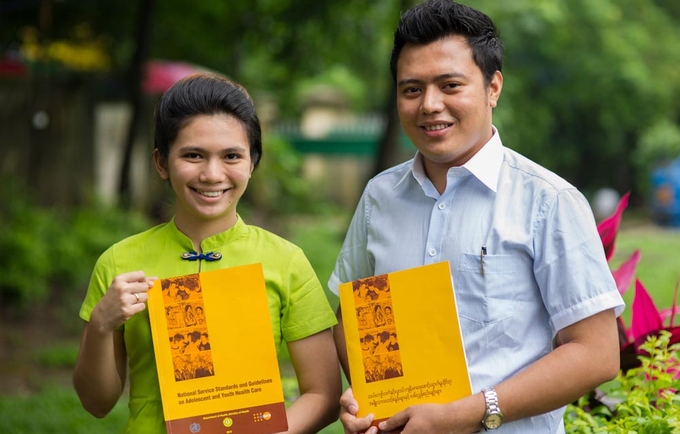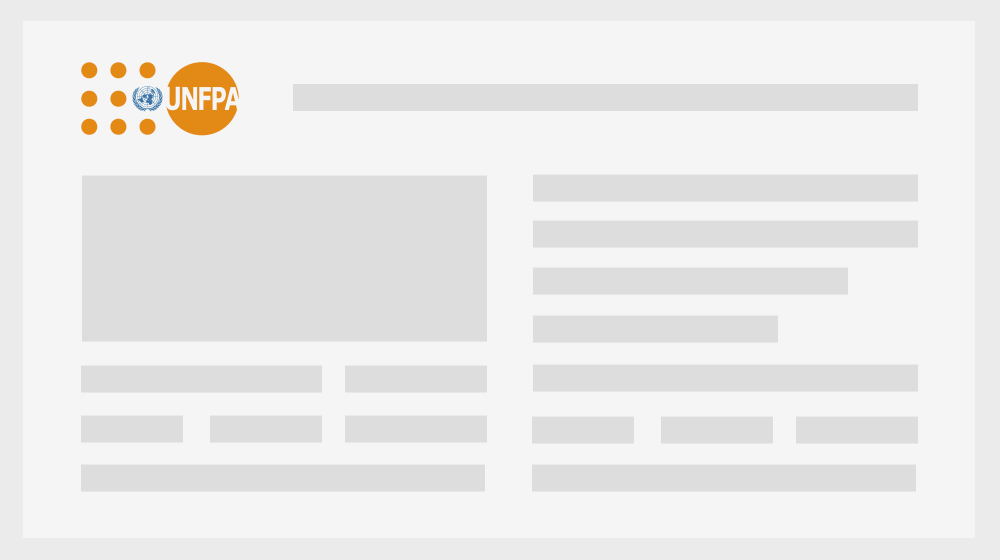“Although we urban youth have easy access to information on adolescent reproductive health and HIV, rural youth have limited access.”- Youth delegate
A ground breaking publication entitled, “National Service Standards and Guidelines on Adolescent and Youth Health Care,” has just been launched on the 24th July 2013 in Nay Pyi Taw, Myanmar with the aim of helping to improve and promote the health of adolescents and youth throughout the country. Currently Myanmar’s population is estimated at 60 million, with young people (10-24 years) accounting for approximately 16 million or 28% of the total population.

Meeting the needs of young people- In Myanmar there has been a gap in youth friendly service provisions to meet their health needs. This publication aims to fill this gap by creating specific criteria for improving the quality of care, promoting the level of health knowledge and services available. Highlighting the significance of the publication in potentially having a tangible impact throughout the country, youth delegates who participated in the drafting process elaborated, “We need health services especially on adolescent health and HIV. However current services are not user friendly and there are confidentiality and privacy concerns.”
Developing the guidelines- The publication itself is a collaborative effort with leading health related specialists from Myanmar’s Ministry of Health, UNFPA, - various UN agencies, youth related groups and other organizations. It is a combination of their joint efforts which will ultimately help in improving the availability and quality of health services to young people at the community level. Further participant testimonies emphasizing the importance of including youth voices include, “We are very pleased to be part of stakeholder meetings. We had a chance to speak out about our feelings, views and perceptions,” commented youth delegates.
Defining the standards- Standards are essential to ensure all stakeholders know what needs to be done to enhance the quality of health services for the young people. The publication has four standards, one for each of the 4 identified stakeholders which include the young people, community, service providers and facilities. The standards include specific criteria for high quality care, how services need to be arranged and how clinics need to link with communities.
Importance- Demonstrating the significance of the standards and ensuring the process involves youth voices is vital as affirmed by Dr. Ne Win, Assistant Representative, UNFPA, “The youth are sometimes shy and need privacy and confidentiality. Having these standards and guidelines on Adolescent and Youth Health Care are essential to ensure the health needs of young people are acceptable, affordable and accessible for them.”
Future integration at the community level- An essential indicator to the success of the national level standards and guidelines is how it will translate from the national level to the health facility level to provide quality services for young people. Ensuring that health staff and communities at all levels are motivated to implement, integrate and reinforce the standards is paramount. Therefore UNFPA in collaboration with the 4 stakeholders and the Ministry of Health and other UN Agencies are planning to implement a series of pilot tests within approximately 5 townships in different geographically locations throughout the country. Careful monitoring of this pilot phase will further help to improve the guidelines and standards. This will ultimately result in enhancing the services for young people allowing them to be healthier to play an active role in communities within Myanmar.
Download Publications



